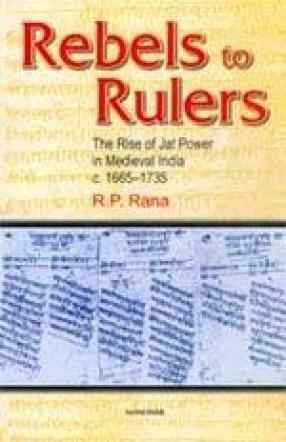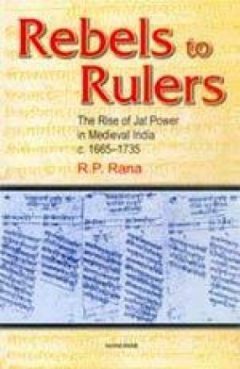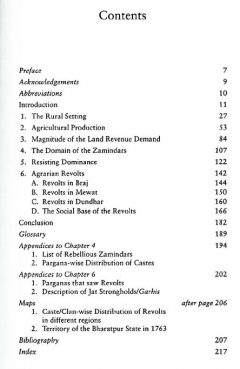This book deals with rural uprisings in the Mughal subas of Agra, Delhi and Ajmer during the late seventeenth and early eighteenth centuries which left a lasting impact on the polity, society and economy of the region and played a decisive role in limiting the fortunes of the Mughal empire. The book traces the history of the Jats who were the principal leaders and constituted the major support base of these revolts. A unique but hitherto unnoticed feature of the revolts was the formation of a multi-case coalition of zamindars against the Mughal jagirdars in the Braj-Mewat region. The rebels usually took collective decisions in secret gatherings, shared information among them through letters and often expressed their hostility by attacking imperial symbols of power and seats of local administration such as thanas and qasbas. All these modalities of the action of the rebels are brought out in this study. The study shows that by the 1730s the rebels had successfully shaken the imperial control in the region. The assertion of the power of zamindars found its expression in the expansion of zamindaris at every level. The rise of Jat power in the neighbourhood of Agra and Delhi is an important event of eighteenth century north Indian politics. This book brings out the subtle processes through which Jat rebels become rulers. This work covers the period of Mughal decline and inchoate formation of post-Mughal states and contributes to the existing literature on the Mughal crisis in the seventeenth-eighteenth centuries.
Inscriptions of Ancient Assam
$60.30
$67.00







There are no reviews yet.